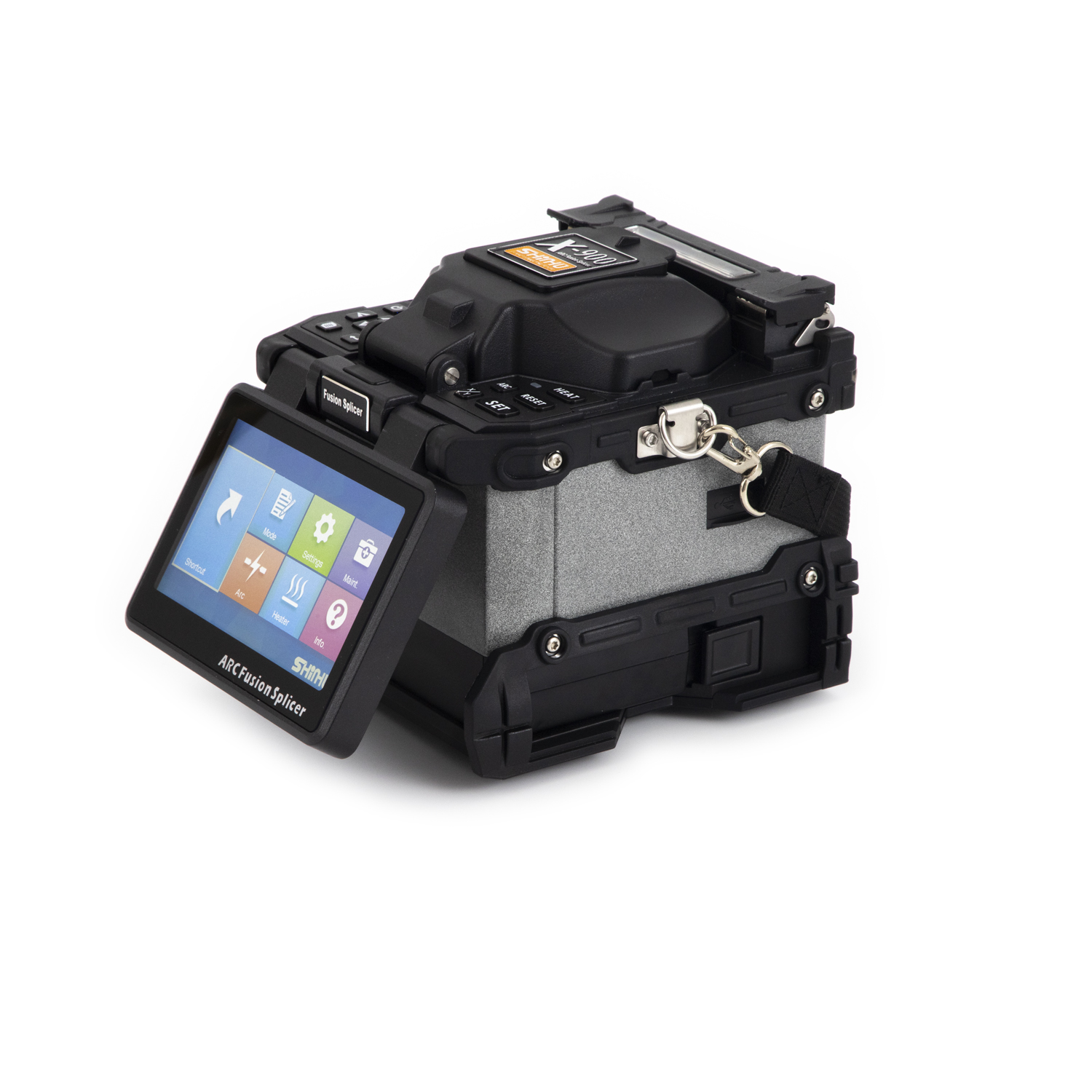Categories
Latest Blog
G657 Fiber Splicing
During the past few years,roll out of fibre-to-the-home (FTTH) networks has been of global importance since the early 2000s, requiring a dedicated single-mode fibre cable Recommendation.the new single-mode fibres have been developed and presented to the market which exhibit lower bending loss than common single-mode fibres, so-called "bend-improved" or "bend-tolerant" fibres. Since its introduction, ITU-T G.657 optical fibre cables have seen a steady increase in the total optical fibre cable market.
What is G657 fibre? G657 is a new class of single mode fibre which can be bent more severely then normal G652 single mode without losing the signal it’s carrying. It’s designed for use in Fibre to the Home applications.
ITU-T G.657 is split into two main parts:
Category A fibres for Access networks.
Category B fibres for short distances at the end of Access networks in bending-rich environments (e.g., buildings).
Each category (A and B) is divided into two sub-categories: ¡
• G657A1 10mm minimum bend radius, other specs as G652
• G657A2 7.5mm minimum bend radius, other specs as G652
• G657B2 7.5mm minimum bend radius, other specs may deviate from G652
• G657B3 5mm minimum bend radius, other specs may deviate from G652
In summary a G657A fibre is like a G652D fibre but with improved bending characteristics. G657B fibres have improved bending characteristics and are allowed to deviate from some G652D specifications, such as PMD and Chromatic Dispersion. Sometimes these fibres are all called “BIF” or Bend Insensitive Fibre.
Benefits:
• ITU-T G.657 optical fibre cable offers flexible characteristics for easier deployment in streets, buildings and homes.
• ITU-T G.657 optical fibre cable reduces the roll-out cost for operators and the total cost of ownership (TCO) of an FTTH network.
What are the special problems splicing these fibres?
• General issues o The G657B fibres are not perfectly MFD matched with G652 SMF. Typically their MFD at 1310nm is a little smaller than the MFD of a G652 fibre. So when a G657B is spliced to a G652 there is always some extra insertion loss due to the MFD mismatch. o In a G652 fibre the distribution of power in the fibre (the mode profile) closely follows a Gaussian distribution. In the G657 fibres the light transmission path is different and the mode profile may be non-Gaussian. This means there can be some mode profile mis-match when G657 fibres are spliced to G652 fibres. This can create extra insertion loss, in addition to extra insertion loss created by MFD mis-match.

Splicing G657 fibres on a core aligning splicer
The splicer needs to be able to “see” the core to do a core alignment. Splicers view fibres by looking through the “side” of the fibre. If the fibre has extra structure around the core it can shield or distort the core image, or make it difficult for the splicer to find the correct core focus.
Compliance here means adherence to the referenced Recommendation (ITU-T G.652, category D) meeting or exceeding the values of the specified attributes. • ITU-T G.657.B2 and ITU-T G.657.B3 fibres are fully compatible with ITU-T G.652.D fibres (only small differences in chromatic dispersion and polarization mode dispersion (PMD). è Compatibility here means that these fibres will introduce negligible system impairment or deployment issues, but may not be compliant to the referenced Recommendation (ITU-T G.652.D). Additionally, another favoured application is in central offices where ITU-T G.657 fibres mitigate the risk of communication failure and/or high power damage under inadvertent bending. Care needs to be taken to not impact long-term reliability.
Shinho fusion splicer X-900 series could splice G657 with good quality, you can contact us to show you demonstration.
© Copyright: SHINHO OPTICS LIMITED All Rights Reserved.